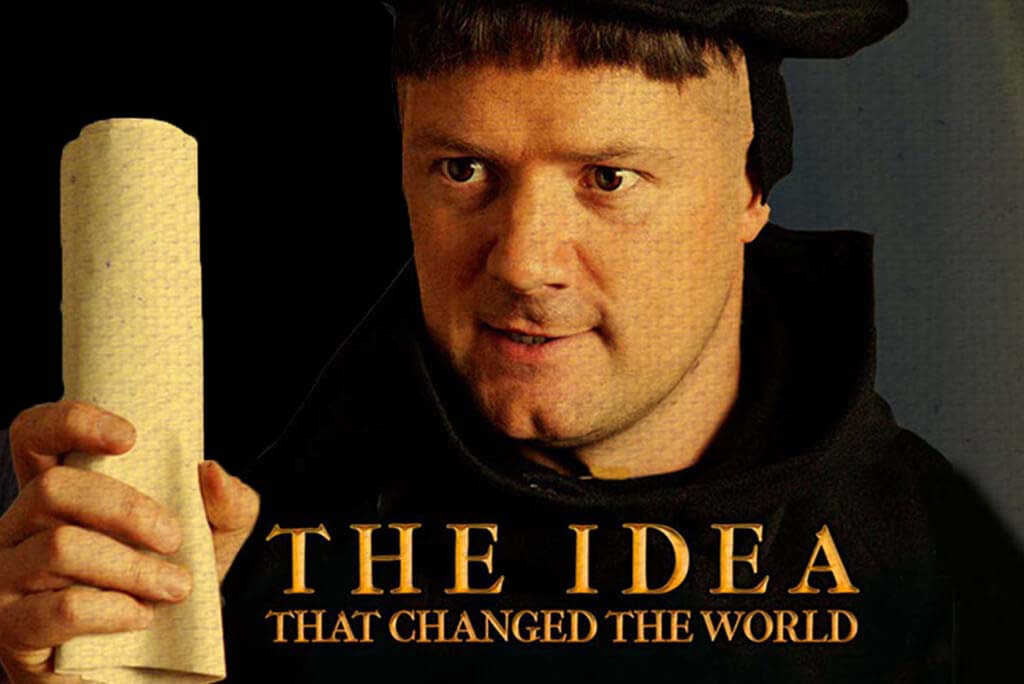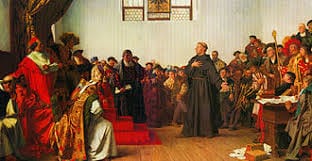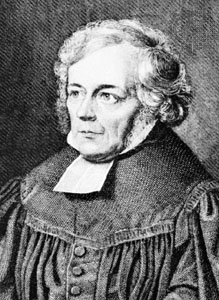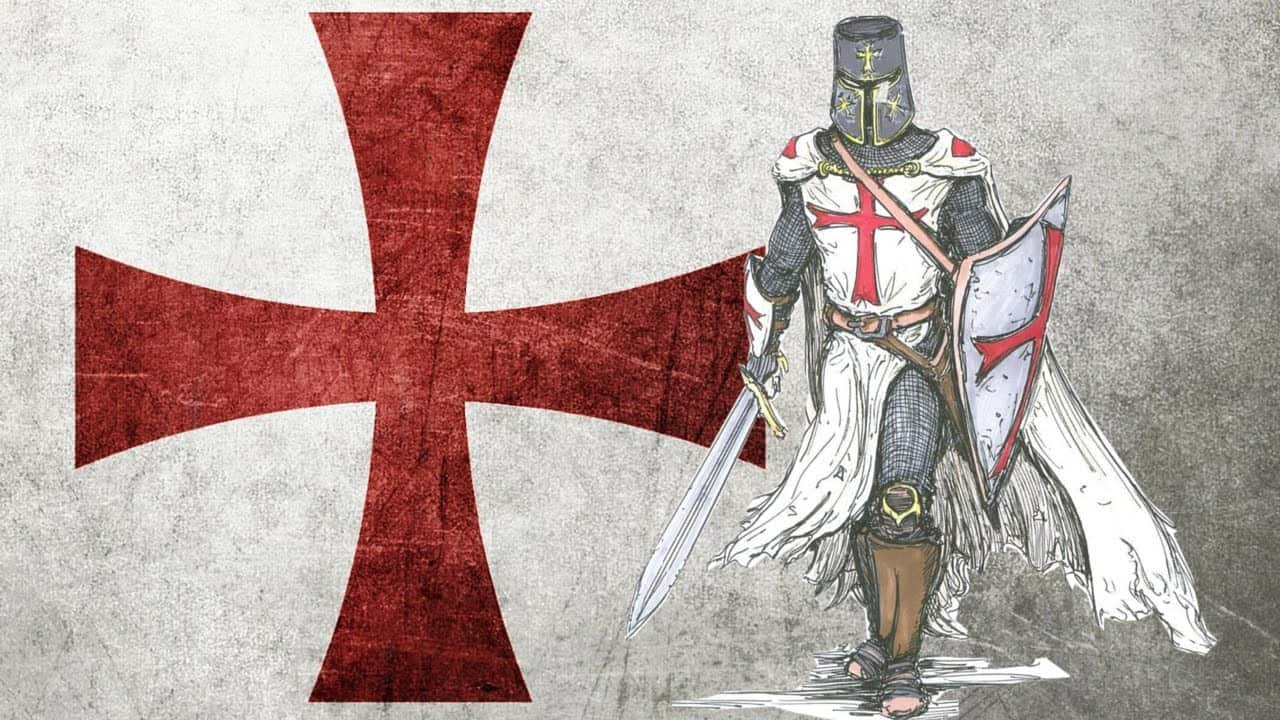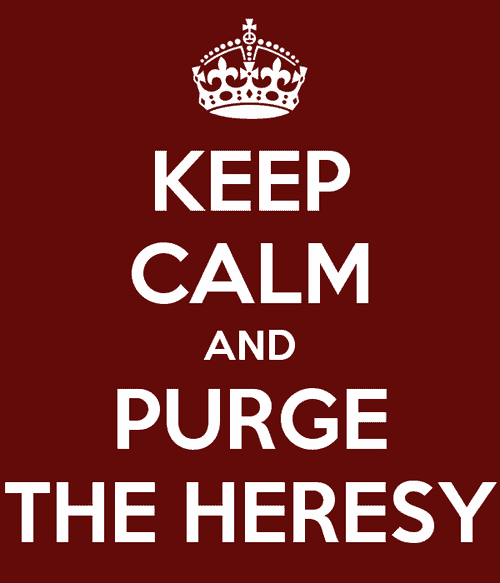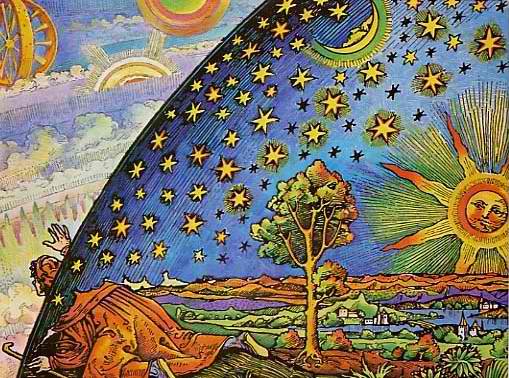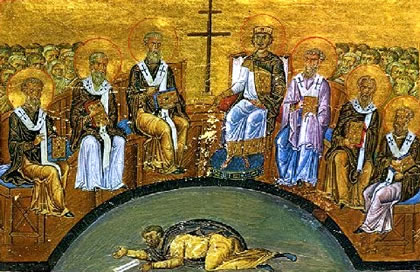
by Lance Ralston | Jun 25, 2017 | English |
We’ve worked our way through 6 of what are known as the 7 Ecumenical Councils of Church History. We’ve examined the Councils and the Creeds they produced. Although, after the First Council in 325 at Nicaea, each subsequent Council claimed that all it was doing was refining the verbiage of the Nicaean Creed. Each claimed it was merely an extension of the ground-breaking work of that first august Council convened by the Emperor Constantine I.
It seems fitting then that the last of the 7 Ecumenical Councils should come back to Nicaea 450 yrs later. But it’s work had little to do with the Nicaean Creed.
These 7 Councils are called Ecumenical because they are generally accepted by both the Western Roman Catholic & Eastern Orthodox churches as normative in defining doctrine. The Roman Church adds additional Councils and their creeds as definitive which the Eastern Church rejects as the Eastern Church recognizes its own councils and creeds Rome ignores. And of course the huge Nestorian Church in the East stopped honoring the councils with Ephesus.
Before we get to the 7th Council, we need to talk a bit about a Council that was held 12 yrs after the Third Council of Constantinople we ended the last episode with.
In 692, Emperor Justinian II convened yet another council in the Eastern capital to finish some of the work that had been omitted by both the 5th & 6th Councils, notably, some canons that needed addressing. For that reason, this Council is called the 5th-6th Council. But since that sounds silly, let’s use Latin so it’ll sound more scholarly = Voila! It’s the Quinisext Council. It was attended by 215 only Eastern bishops.
Most of the canon work that was done aimed at settling ritual differences and coming to a standard practice of discipline for clergy in different regions. Since the Council was attended exclusively by Eastern bishops, it was the Eastern practice what was approved, at the expense of those in the West.
The Council condemned the custom of Armenian churches who used undiluted wine in Communion. They also banned clerical nepotism, and the atrocious practice of eating eggs and cheese on the Saturdays and Sundays of Lent. Several canons seemed aimed at provoking hostility from Rome.
While the Orthodox Church accepts the Quinisext Council as legit, Western Churches never accepted it as authoritative or in any sense ecumenical. How could it be when no Western bishop attended. Oh, there was a supposed papal legate in attendance; at least the record marks him there.
But Rome says no such person ever existed! The Council made him up to make it appear the Pope’s authority was included. The Venerable Bede called the Quinisext Council the “Reprobate Synod.”
The Pope at the time of the Council was Sergius I. He refused to endorse the canons & was ordered arrested by the Emperor & carried to Constantinople. But the City of Ravenna’s militia thwarted the troops attempt to seize him.
Ah. Isn’t all this just lovely stuff? Isn’t it wonderful hearing about how loving and humble church leaders were? This is what happens when Church & State become aligned under the rule of frail, fallible human beings. This is what happens when those IN authority fail to abide under it.
One of the most important products of the Quinisext Council was the official establishment of Pentarchy.
Pentarchy was originally articulated in legislation laid out by Emperor Justinian I in the mid 6th C, then included in canon law in the Council which ranked the ecclesiastical sees of Rome, Constantinople, Alexandria, Antioch and Jerusalem in order of authority & pre-eminence in that order. Justinian linked the administrative authority of the Church to that of the State. Rome was regarded as first among equals. But by the time of the Quinisext Council, Constantinople was regarded as New Rome and had achieve parity with Rome in terms of ecclesiastical weight. At least, the Eastern Bishops thought so. Rome and the west, not so much. So they rejected the Council outright.
While the Pentarchy was a technical reality due to Justinian’s legislation, it had little weight in determining anything other than one more point for the East & West to argue over.
And that brings us to the 7th Ecumenical Council – the Second Council of Nicaea, in 787.
In a word, it met to deal with the use of icons.
Since we dealt with the Iconoclast Controversy in Season 1, we’ll summarize here.
The veneration of icons was banned by the Byzantine Emperor Constantine V. His actions were endorsed by the Council of Hieria in 754. Now, you know how people are. Whatever the ruler says, they all happily comply with, right? Especially when it comes to religious sensitivities and issues of conscience. Yeah – not so much.
The iconodules, that is, the supporters of icons rallied and staged a protest that was nothing if not vehement. But the Emperor stuck to his guns and kept the iconoclast policy in place. He vigorously enforcement the ban & persecuted violators. His son, Leo IV continued his policy but died while still young. Leo’s widow, Irene of Athens, then acted as regent and began a restoration of icon veneration.
In 784, the imperial secretary Tarasius was appointed as the successor to Constantinople’s Patriarch, Paul IV. Not wanting to take charge of a fragmented church, he consented to become Patriarch on the condition icons could once again be venerated. But since a Council claiming to be ecumenical had abolished icons, another council could be necessary to re- allow them.
To make the Council genuinely ecumenical, the Eastern Church realized it HAD to include the Western Church and invited Pope Adrian I to participate. He accepted, but showed his authorization of the Council by sending legates as his reps.
The Council met in the Church of the Holy Apostles in Constantinople in 786. When iconoclast elements of the military sought to break it up, the government devised a way to get rid of them. They mocked up a bogus campaign & sent the troops to go deal with it. Once they arrived at their destination, they were surrounded, disarmed, and disbanded.
The Council was once again summoned to meet, but since the Capital was still torn by iconoclast factions, they chose to meet in nearby Nicaea. The Council met for their First Session on Sept 24, 787 with 350 bishops & their attendants. Patriarch Tarasius presided over 7 sessions that lasted through later October.
The main work of the Council was to reinstall the veneration of icons in the worship of the Church.
Both the Eastern & Western Churches endorsed the findings of the Council. The last time they’d agree on just about anything.
